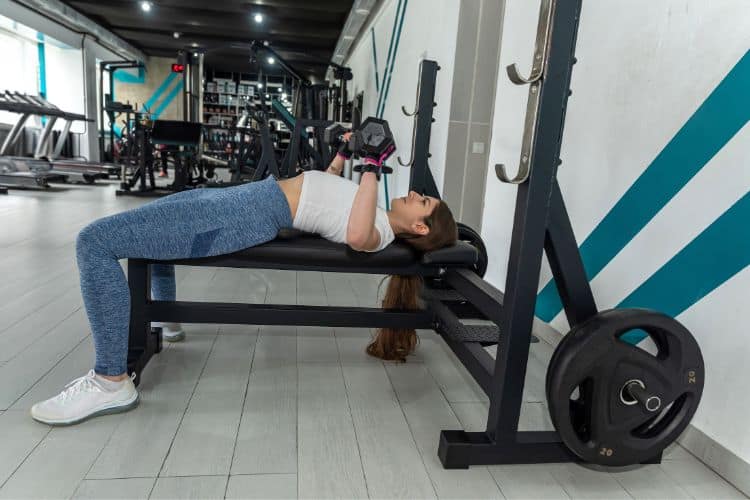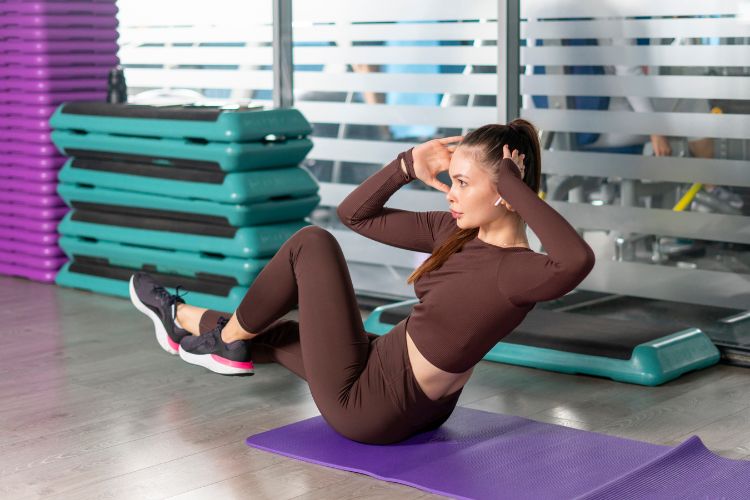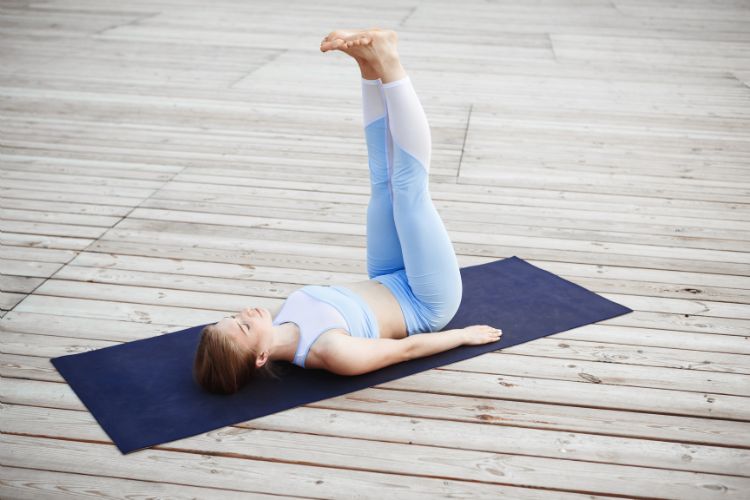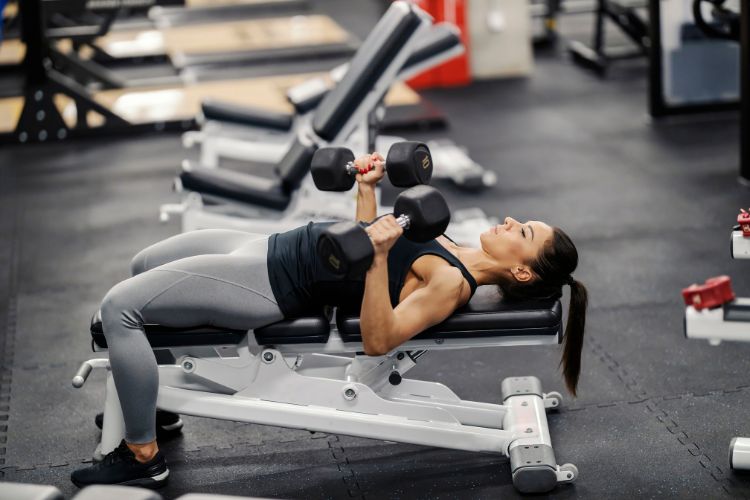Sign up for workout ideas, training advice, reviews of the latest gear and more.






Strength training has gained significant traction among women, breaking stereotypes and proving its immense benefits for both health and aesthetics. Among the various exercises, the dumbbell bench press is a standout, offering incredible versatility, functionality, and results. This blog explores the effectiveness of dumbbell bench press workouts for women, detailing techniques, benefits, variations, and a sample workout plan.
The dumbbell bench press is not just a chest exercise; it targets multiple upper body muscles, including the pectorals, deltoids, and triceps. Incorporating this exercise into your routine builds strength that translates into functional fitness—carrying groceries, pushing strollers, or performing daily tasks with ease.
For women seeking a toned upper body, the dumbbell bench press is a perfect choice. It defines and shapes the chest, shoulders, and arms, enhancing posture and contributing to a balanced physique.
Whether you’re a beginner or an advanced lifter, the DBP caters to all fitness levels. You can adjust weights, incorporate different variations, or modify the angle to suit your needs.
Using dumbbells ensures that both sides of your body work independently, correcting imbalances and improving muscle symmetry—a key factor in avoiding injuries and achieving an aesthetically pleasing look.
Regularly performing dumbbell bench presses builds significant strength, enabling women to perform other compound movements and daily activities more efficiently.
By strengthening the chest and shoulders, this exercise helps counteract the rounded shoulders often caused by prolonged sitting or poor posture.
Strength training exercises like the dumbbell bench press boost metabolism, aiding in fat loss while promoting the development of lean muscle mass.
Weight-bearing exercises, including the DBP, are essential for improving bone density—a crucial benefit for women, especially to combat osteoporosis.
This is the standard version, focusing primarily on the chest, shoulders, and triceps. It’s suitable for beginners and can be scaled up as you progress.
By setting the bench to a 30-45 degree angle, you shift the focus to the upper chest and shoulders, providing a well-rounded upper body workout.
A decline bench targets the lower part of the chest, offering a unique challenge and variety to your routine.
This variation emphasizes core stability and helps identify and correct strength imbalances.
Holding the dumbbells with palms facing each other reduces stress on the shoulders, making it a joint-friendly option.
This combines the benefits of flyes and presses, enhancing both chest stretch and muscle contraction for optimal development.
Before diving into your workout, it’s crucial to prepare your body. Perform 5-10 minutes of dynamic stretches and light cardio, followed by:
1. Flat Dumbbell Bench Press
2. Incline DBP
3. Single-Arm DBP
4. Neutral Grip Dumbbell Bench Press
5. Dumbbell Flye-to-Press Combo
End your session with static stretches focusing on the chest, shoulders, and triceps. Hold each stretch for 20-30 seconds to promote recovery.
Increase the weight or number of reps over time to continually challenge your muscles and achieve growth.
Incorporate the dumbbell bench press into your routine 2-3 times a week for noticeable results.
Pair your bench press workouts with exercises targeting other muscle groups, ensuring a well-rounded fitness program.
Support your strength training with a balanced diet rich in protein and allow adequate time for muscle recovery.
The dumbbell bench press is an empowering exercise for women, offering a myriad of physical and mental benefits. Whether you’re looking to build strength, sculpt your physique, or boost overall fitness, this versatile workout deserves a spot in your routine. With proper technique, consistency, and progression, you’ll not only transform your upper body but also gain confidence and resilience. So grab those dumbbells, hit the bench, and press your way to a stronger, healthier you!
Stay up to date on the latest women’s health, fitness and lifestyle trends and tips.